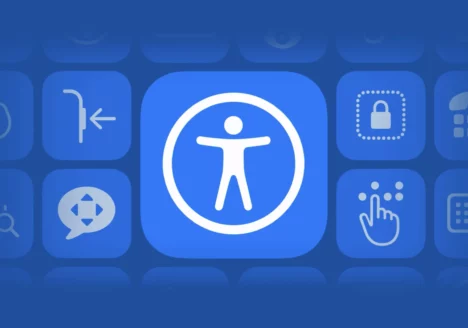User Research Techniques: A Guide to Understanding Your Users
Summary: Various qualitative UX research techniques are used in UX design to understand users and their needs, motivations, and behaviors. Techniques such as interviews, focus groups, contextual inquiry, diary studies, card sorting, user testing, and ethnographic research are described, along with their benefits and when they are best used.
User research is an important aspect of UX design. It helps designers understand their users and their needs, motivations, and behaviors. Qualitative research methods play a crucial role in UX research, providing in-depth insights into users’ attitudes and experiences. In this article, we will explore various qualitative UX research techniques, what they are, and when they are best used.
- Interviews are a powerful qualitative research method that allows researchers to gather detailed information from individual users. They can be conducted in person, over the phone, or online. The interviewer asks a set of open-ended questions, allowing the participant to provide in-depth, unstructured responses. This technique is useful for exploring complex topics, such as users’ motivations, values, and attitudes.
- Focus groups are a type of group interview where several participants come together to discuss a particular topic. The group is led by a moderator who asks questions and encourages participants to share their opinions and experiences. Focus groups are useful for exploring collective experiences and attitudes, and for generating a variety of perspectives on a topic.
- Contextual inquiry is a type of field study that involves observing users in their natural environment. Researchers visit users in their homes or workplaces, and observe and interview them as they perform tasks related to the product or service being studied. This method provides rich, in-depth data on users’ behaviors and attitudes, and can reveal insights that might not be uncovered through other methods.
- Diary Studies involve asking users to keep a log of their experiences and thoughts over a period of time. Researchers provide participants with a diary or journal to document their experiences, and then use this data to gain insights into their attitudes, behaviors, and motivations. Diary studies are useful for exploring long-term patterns and trends, and for uncovering deeper, underlying motivations.
- Card sorting is a qualitative research method that involves asking participants to categorize a set of items into groups. This can be done in person, or using an online tool. Card sorting provides valuable information on users’ mental models and information architecture, and can be used to inform the design of websites, mobile apps, and other digital products.
- User testing is a qualitative research method that involves observing users as they perform tasks related to a product or service. Researchers ask users to perform a set of tasks, and then observe and collect data on their behaviors and attitudes. User testing is useful for identifying usability problems, and for uncovering areas for improvement in the user experience.
- Ethnographic research involves observing and participating in the everyday activities of a particular group or culture. Researchers immerse themselves in the culture and observe users as they go about their daily lives, collecting data on their behaviors, attitudes, and motivations. Ethnographic research is useful for understanding the cultural context of users and for gaining insights into their motivations and values.
In conclusion, qualitative UX research techniques are a powerful tool for designers looking to gain a deeper understanding of their users. Whether you are conducting interviews, focus groups, contextual inquiries, diary studies, card sorting, user testing, or ethnographic research, the goal is to gather in-depth, rich data that provides insights into users’ experiences and behaviors. By using a variety of qualitative research methods, designers can gain a comprehensive understanding of their users and design products that meet their needs and provide a great user experience.
Sources
- Nielsen (1994) highlights the importance of usability testing for gathering data on user experiences.
- Hassenzahl (2010) argues that experience design should prioritize user needs and emotions.
- Goodhew (2007) traces the growth of ethnography in HCI as a valuable research method for understanding user behaviors and attitudes.
- Hsieh and Shih (2013) explore the benefits of diary studies for gathering long-term data on user experiences.
- Redish (1999) provides a comprehensive guide to conducting usability testing and collecting data on user behaviors.
- Lee (2003) discusses the value of card sorting as a method for gaining insights into users’ mental models and information architecture.
- Buley (2013) emphasizes the importance of user research for UX professionals working as a team of one.

